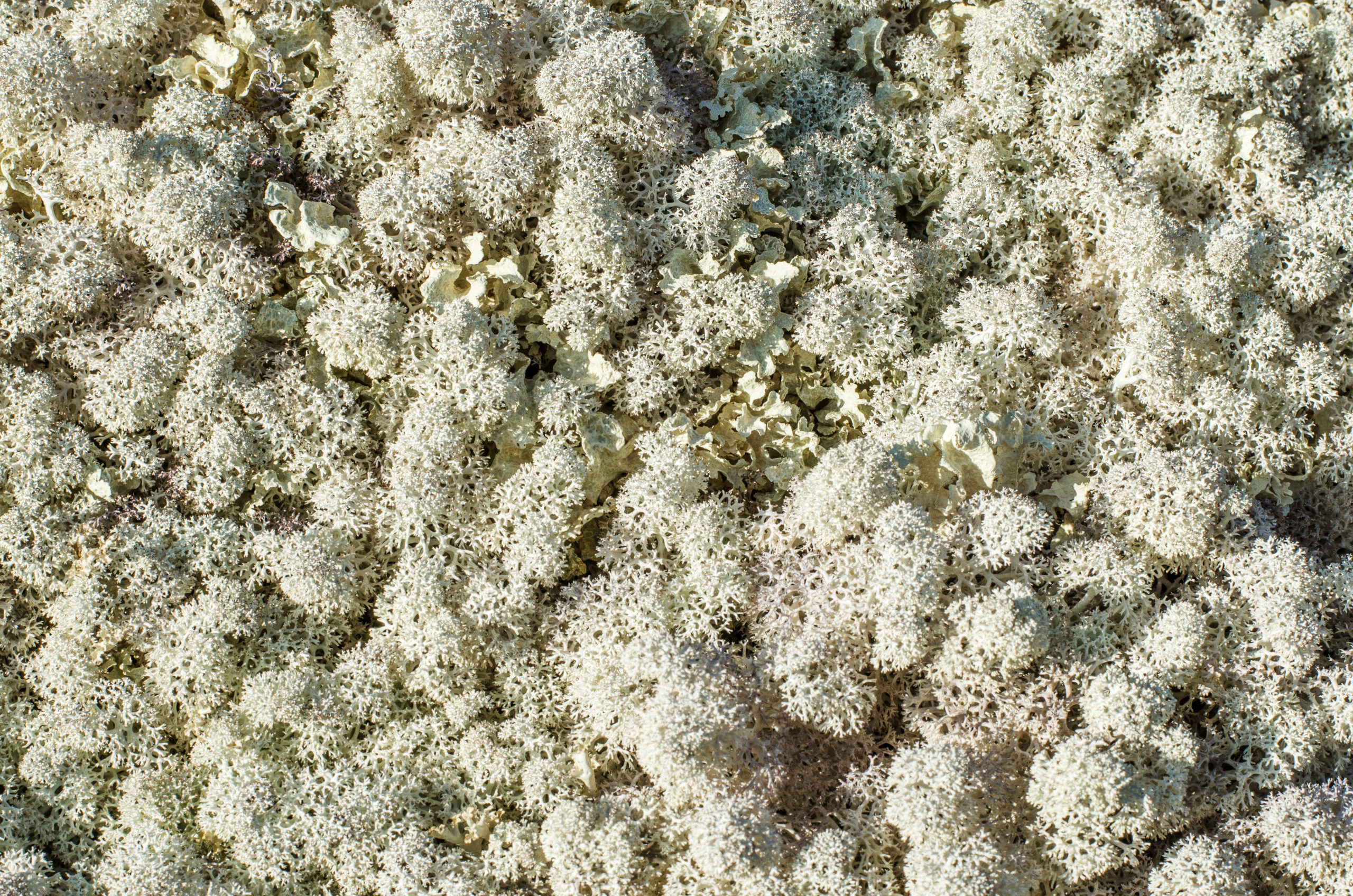How reindeer eyes transform in winter to give them twilight vision
Reindeer change the color of their eyes to reflect different wavelengths of light in different seasons.

Reindeer are loved the world over for their dark, expressive eyes, majestic antlers and magical association with Santa Claus. The moment you learn the cold, hard truth of how Christmas presents arrive under the tree is a harrowing one that blights many a childhood. But reindeer are more special than your cynical older sibling or classmates would have had you believe.
The Arctic reindeer, like its main predator the wolf, is incredibly well adapted to its snowy home, where winter conditions can see temperatures drop to minus 50 degrees Celsius and low levels of daylight. Reindeer have a second layer of fur, and wide crescent-shaped hooves that keep them stable and allow them to dig in the snow. And as our new study shows, their eyes undergo physical change as the seasons turn which allows them to see clearly in the long winter twilight.
Mid-winter in the Arctic is either dark or twilight, when the sun is below the horizon, all day. Reindeer need to find and uncover their winter food, lichen, by brushing the snow-covered ground with their hooves, antlers and muzzles. Lichens are plentiful in the Arctic — an ideal food source that reindeer can find wherever they go.

Twilight is special
Reindeer feed in twilight when wolves hunt. However, twilight has a unique property which distinguishes it from day or night: it is extremely blue, containing very little green, yellow and orange.
This is because, lit by a sun below the horizon, the Earth’s ozone layer acts as a filter spanning the sky, which in twilight absorbs almost all light except blue light. The sunlight travels a greater distance through the atmosphere, passing horizontally through the ozone layer. This ozone-blue is different from the clear daytime sky-blue , which is caused by scattering of sunlight by air molecules.
Although artists call this time after sunset “the blue hour” we tend not to notice it because our eyes adapt to the slowly changing color. As darkness approaches, our vision switches from relying on the cone receptors that give us color vision to using the more sensitive rods, which are colour blind. In winter, the twilight can last more than a third of the day in polar habitats.
Wolves and reindeer both improve their sensitivity to Arctic twilight with a “mirror” behind the retina. When light enters the eye and passes through the retina, not all of it is detected and absorbed by specialized neurons called photoreceptors. The mirror instead reflects it back through the retina for a second time, when more light will be detected. The reindeer see an image that is brighter but slightly fuzzier because the mirror scatters some light sideways, a bit like a misted glass.
This is an advantage in dim light because the animal relies more on visual contrast and motion than visual sharpness. The mirror, called the tapetum lucidum (shining carpet), evolved independently in many animals. Important exceptions include humans and raptors, who need crisp images.
Eyes that change with the seasons
Our study compared the eyes of reindeer that died during summer to specimens from reindeer that died in the winter.
It showed that reindeer eyes undergo a unique seasonal change in its tapetum and change color, reflecting gold-turquoise light in the summer and mirroring deep blue in the winter. Both lichen and wolf fur reflect less blue than other colors so appear dark against the snow-covered landscape.

A reindeer’s tapetum uses the same structure that makes the peacock’s iridescent feathers, the Morpho butterfly’s brilliant blue wings and the opal gem’s flashes of color. This is called structural coloration.
In the reindeer tapetum, these structures are very fine fibers of collagen too small to be seen with a light microscope, similar to but finer than the structure of muscles. Imagine these fibers as a large number of pencils neatly stacked in a transparent box in a hexagonal pattern.
Let in enough water to fill the gaps, reduce the scale by a factor of about 40,000 and the box will reflect blue light. This represents the winter tapetum. To transform to the summer tapetum, increase amount of water tenfold and double the depth of the box. At this tiny scale, the fibers will roughly maintain their hexagonal pattern, but there will be more gaps between them.
We think this transformation is triggered by a pressure change in the reindeer eye that happens in summer and winter.

Another way to think of it is as reindeer eyes having summer and winter tires. During very cold conditions, you let some air out of the tires to increase traction on the ice. The reindeer lets fluid out of its tapetum to reveal a better view of its surroundings.
This finding may help engineers to make products that change reflected color. The opportunities are endless. If you use a surface coated with a reflecting nano-
structure, similar to that of the reindeer’s tapetum, rather than a pigment-based paint, you can change color by changing the separation of the scaled-down “pencils” that reflect the light. For example, you could change the color of your car by tuning the separation. Unlike many pigments, these structural paints do not fade over time.
So while reindeer have long inspired Christmas tradition told all over the world, now they could inspire technology and science.
Robert A E Fosbury is an honorary professor at UCL Institute of Ophthalmology.
This article is republished from The Conversation under a Creative Commons license. Read the original article.